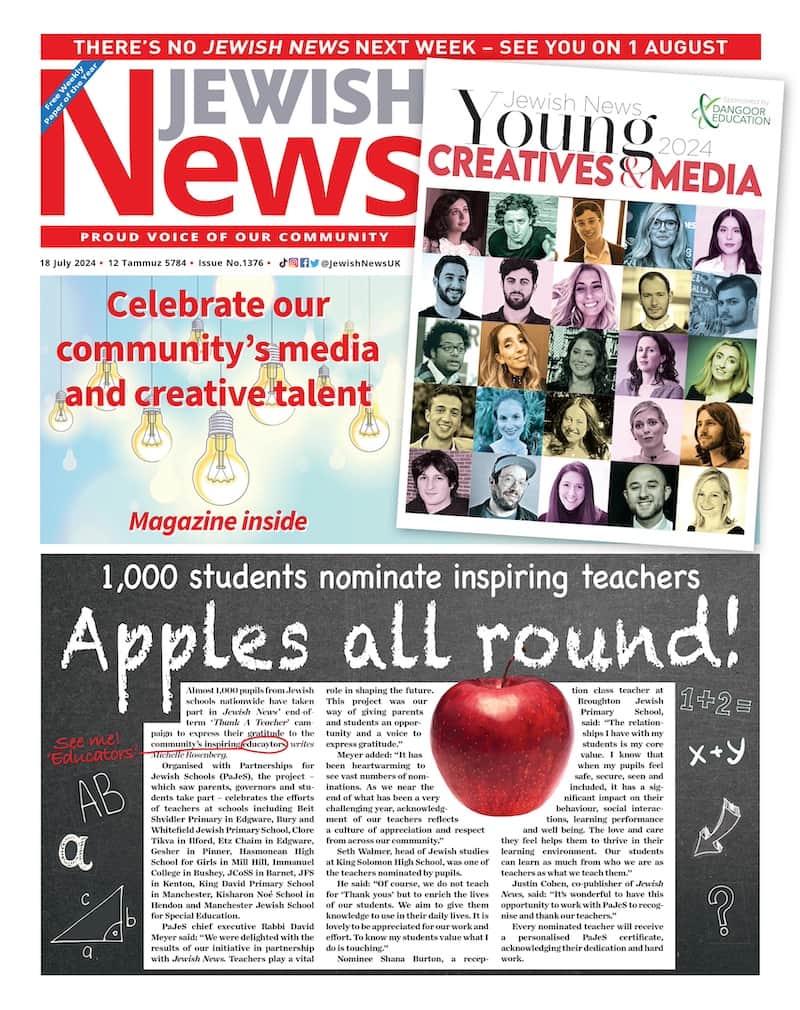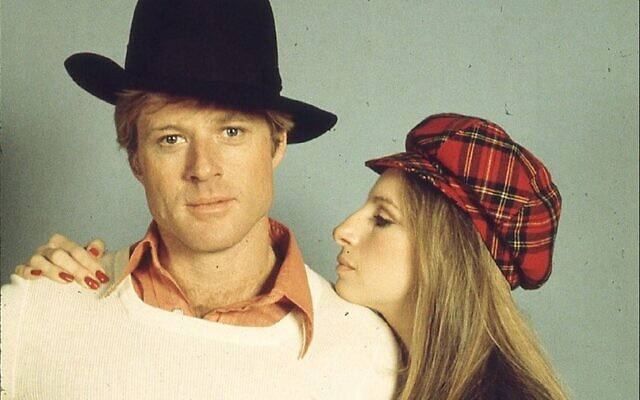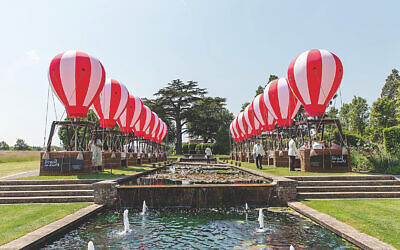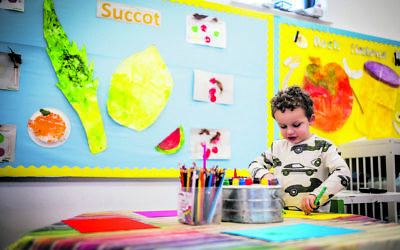The Way We Were: 50 Years Later
A celebration of the greatest film about marrying out
Brigit Grant is the Jewish News Supplements Editor
“Loudmouth Jewish girl from New York City comes to Malibu, California, and tells her gorgeous goyishe guy that she’s pregnant.” This chutzpahdik dialogue between Katie Morosky and Hubbell Gardiner in one of many tender and unforgettable scenes in The Way We Were is a perfect synopsis for the finest movie ever made about a mixed marriage of the Jewish kind.
Streaming platforms are now brimming with films and series about interracial relationships, but movies about Jews marrying out – think The Awakening of Motti Wolkenbruch – are mostly confined to the Hallmark channel, waiting to be found. But in 1973, a triumvirate of Jewish producer, writer and director created a film starring Barbra Streisand and Robert Redford that ticked all our boxes, but with a wide enough appeal to make $50 million at the box office. As The Way We Were approaches the 50th anniversary of its October release, it has 20 million views and counting on YouTube, holds sixth place in the top 100 of American cinema’s love stories and is worthy of two new books.
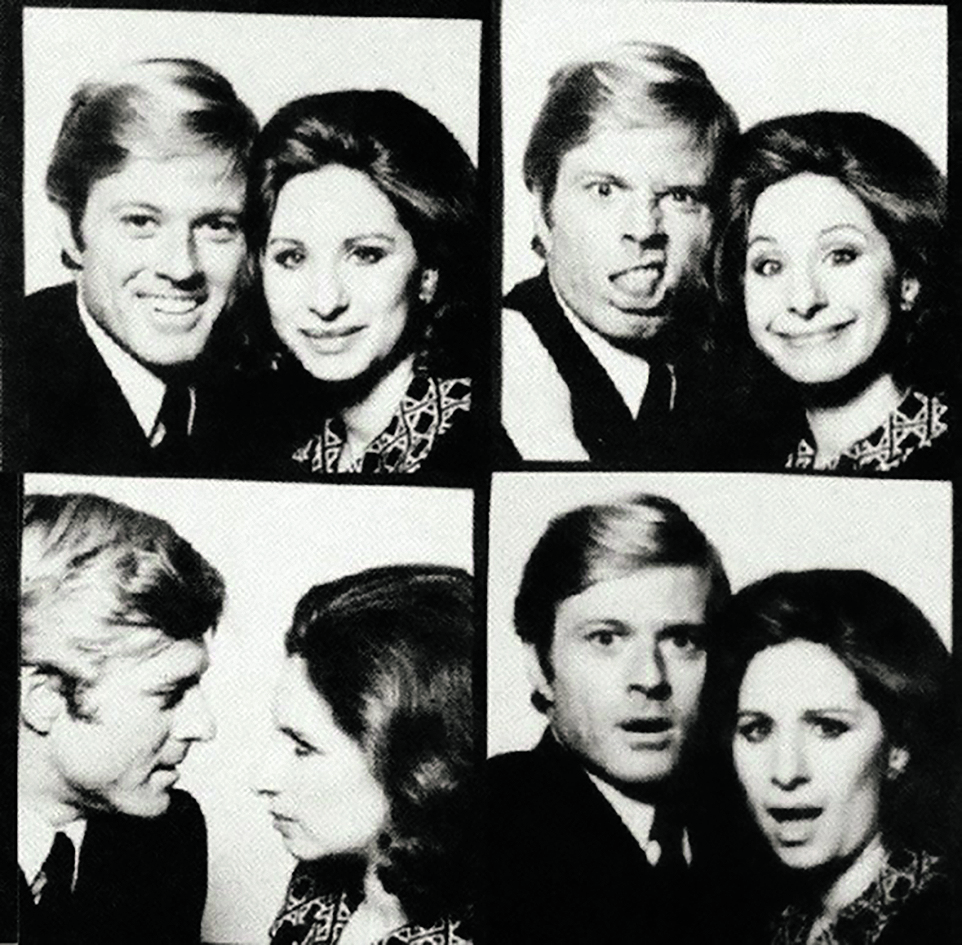
In The Way We Were: The Making of a Romantic Classic,Tom Santopietro explains every frame of the film’s creation with a fan’s enthusiasm, as the New York author saw it the week it opened, instantly appreciating its universal ‘loving the wrong person’ theme, as portrayed by Katie and Hubbell, first as students then as a couple.“We’ve all done that,” says Tom. “Except for maybe 10 people, and who wants to know them?”
For his book, a written exchange with Barbra revealed that she considers the film – the seventh she made in Hollywood – to be one of her career highlights. “It’s up there with Funny Girl for her,” says Tom. “Along with The Broadway Album, these are the ones where everything clicked into place. So she’s very protective of The Way We Were because it holds such a special relationship with her heart.”
With all our hearts it seems, as it was hearing the film’s dialogue being quoted verbatim that compelled Tom to write the book, for which he also spoke to actor James Woods, who made his screen debut as Katie’s socialist friend Frankie McVeigh and lyricist Alan Bergman who, together with his late wife Marilyn and the now-deceased Marvin Hamlisch, composed the film’s music.
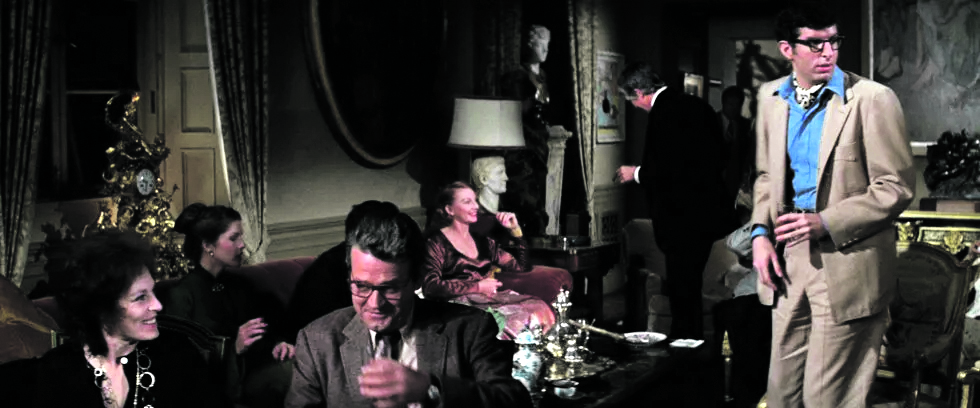
“Alan is still entirely sharp at age 97,” reveals Tom, who eagerly awaits the release of Barbra’s thousand-page autobiography in the autumn, as 17 years ago he studied the star for his book, The Importance of Being Barbra. “When Arthur Laurents wrote The Way We Were for Barbra, he said she was the first movie star to arrive in Hollywood announcing: ‘I am Jewish and I’m proud of it’.” Barbra Streisand’s journey to the Katie role, along with her co-stars, the crew and musicians is a very Jewish story …
The Way it Began….
Barbra signed a four-picture deal with Jewish producer Ray Stark, who formed Rastar Productions in 1966. Married to the daughter of Ziegfeld star Fanny Brice, Stark longed to make a film about her life and, after Eydie Gorme, Carol Burnett and Anne Bancroft declined the role, he cast unknown Barbra after hearing her sing in a Greenwich Village bar. Barbra won an Oscar for Funny Girl.
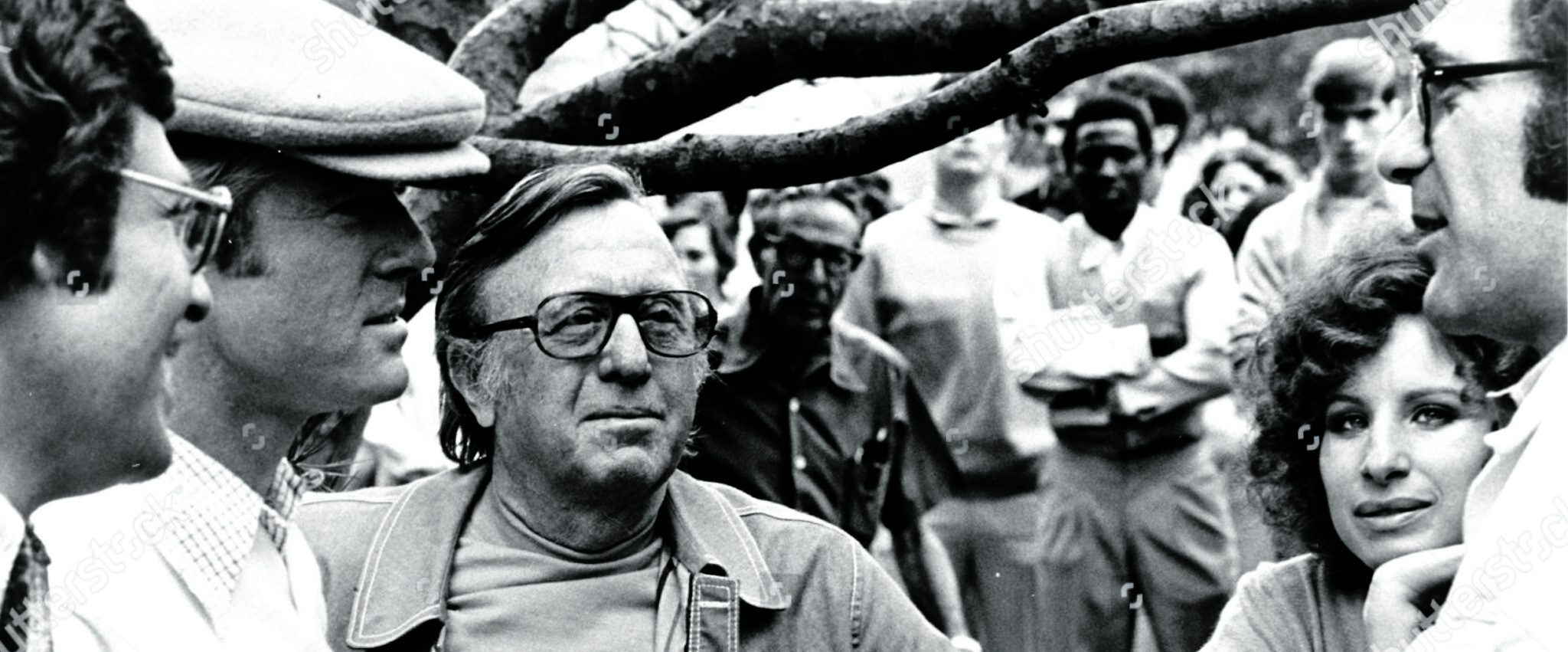
Ray then asked Jewish screenwriter Laurents to write a movie for Barbra. Born Arthur Levine in Brooklyn, he wrote the books for musicals West Side Story and Gypsy, and was hoping to pen something equally powerful for Barbra, who by then had an Emmy, a Grammy and the Oscar.
Ray’s idea was a hybrid of The Sound of Music and The Miracle Worker, with Barbra cast as a music teacher for handicapped children. Wisely, Arthur dismissed it as a terrible concept. But in a meeting with Barbra to discuss other options, he was reminded of a student he knew at Cornell University.
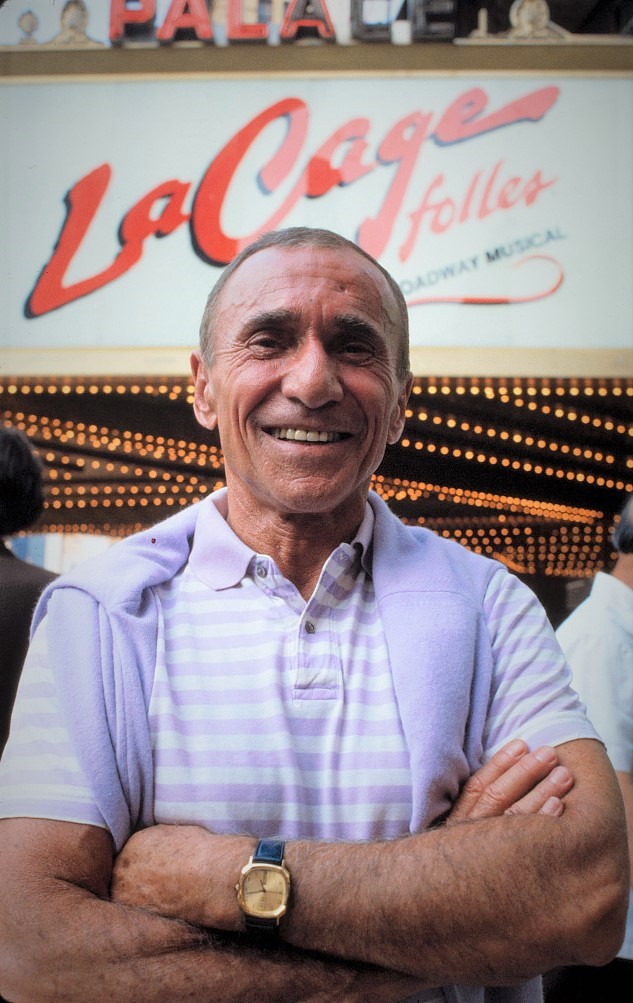
Fanny Price was political, outspoken and a leader of the Young Communists league. That her name was so close to that of Fanny Brice had to be a sign. Arthur set about creating Katie Morosky who, like Barbra, was a self-identifying Jew. “Katie could only be a Jew,” wrote Arthur. “Because of her insistence on speaking out, her outrage at injustice, her passion, her values and because I was a Jew.”
In the 1930s, Arthur, who was gay, had also been politically active at Cornell, had written radio propaganda during the Second World War and, in the 1940s, was investigated and blacklisted in Hollywood for possibly being a Communist. “Katie Morosky, the campus political progressive played by Barbra Streisand, is mainly me,” wrote Arthur, laying rightful claim on his idea.
Born to Jewish immigrants in Indiana, Sydney Pollack came on board as director in 1971. Suggested by Arthur, who enjoyed his film They Shoot Horses, Don’t They? Sydney was also pals with Robert Redford, who was the popular choice for ‘gorgeous goyishe Hubbell Gardiner’.
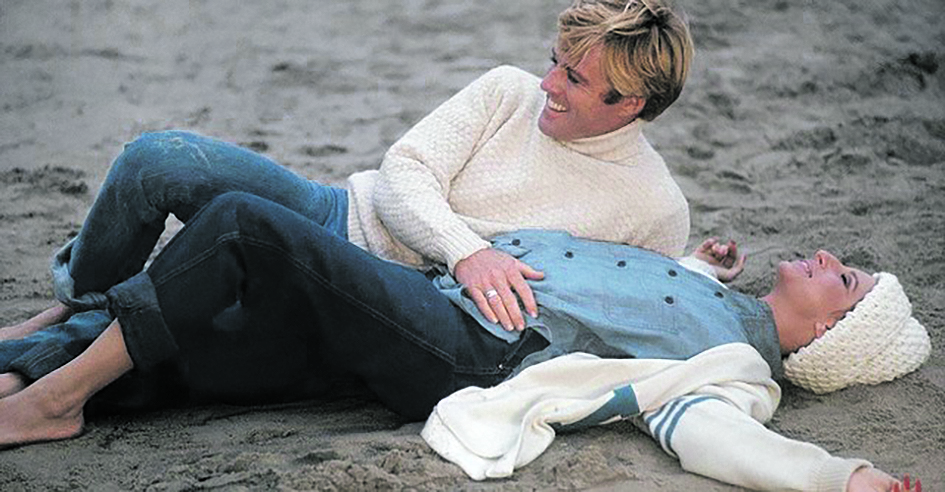
But Redford refused to be cast as campus eye candy and felt Hubbell was underwritten. While Ryan O’Neal and Warren Beatty were considered for the role, Sydney and Ray called Arthur to tell him he was being fired. Mortified by the mishegas, Arthur left, and 11 writers (among them Tootsie’s Larry Gelbart and Francis Ford Coppola) arrived to ‘polish’ his screenplay. Arthur later returned to fill holes in a garbled script.
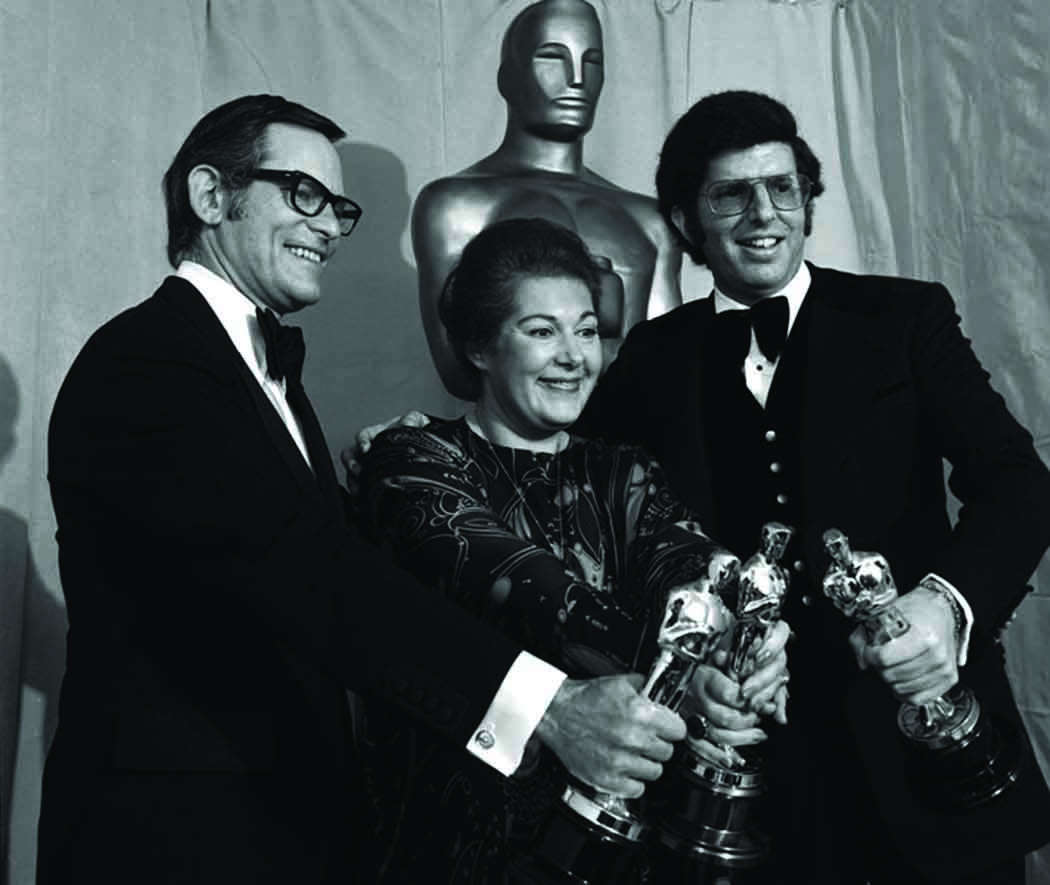
When it came to the music, it was Jewish composers all the way, with the score and song by Hamlisch and lyrics by the Bergmans winning the only two Oscars out of five nominations the film received, including Best Actress for Barbra.
The Way it is Jewish.…
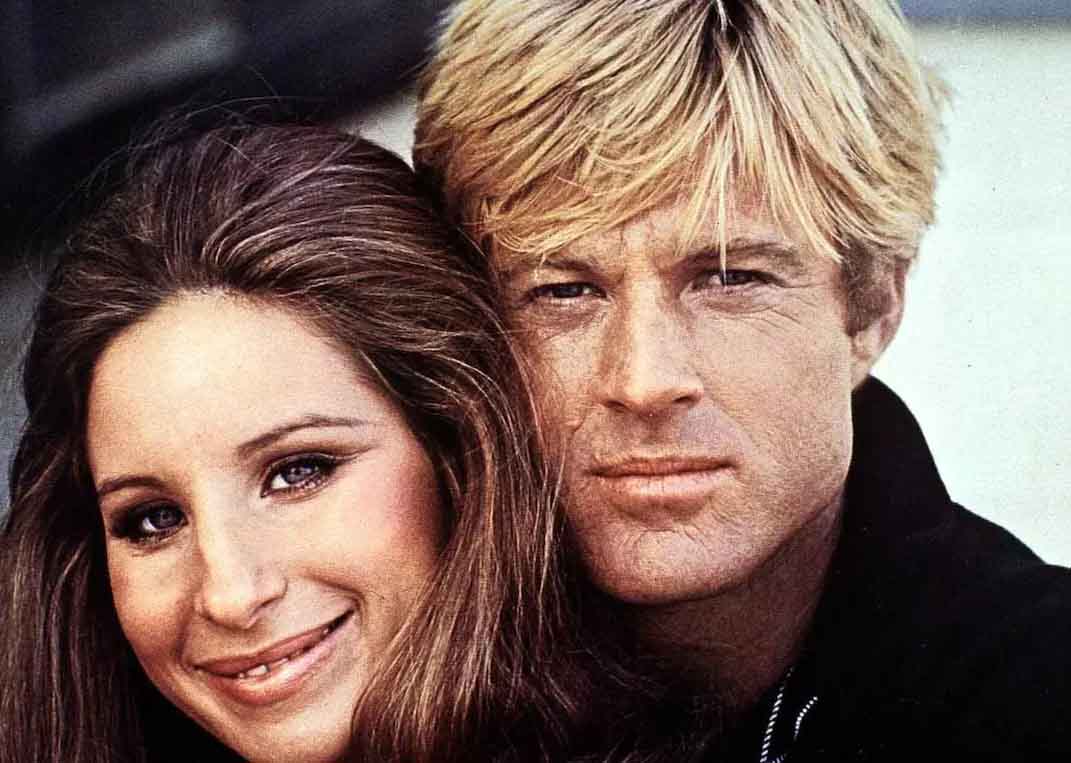
As the only Jew, Katie feels like an outsider among Hubbell’s waspy friends, but we love her because she…
• Irons her unmanageable frizzy hair.
• Yells “Happy Rosh Hashanah” when gifting a typewriter to Hubbell.
• Uses Shavuos as the title for her made-up book about Chinese matzah-makers living on kibbutz.
• Tells Hubbell her father likes Solomon David Gardiner as a name for their baby and “Rachel if it’s a girl”.
• Filming the Marx Brothers party scene, Groucho Marx, then 82, dropped by to hug Barbra.
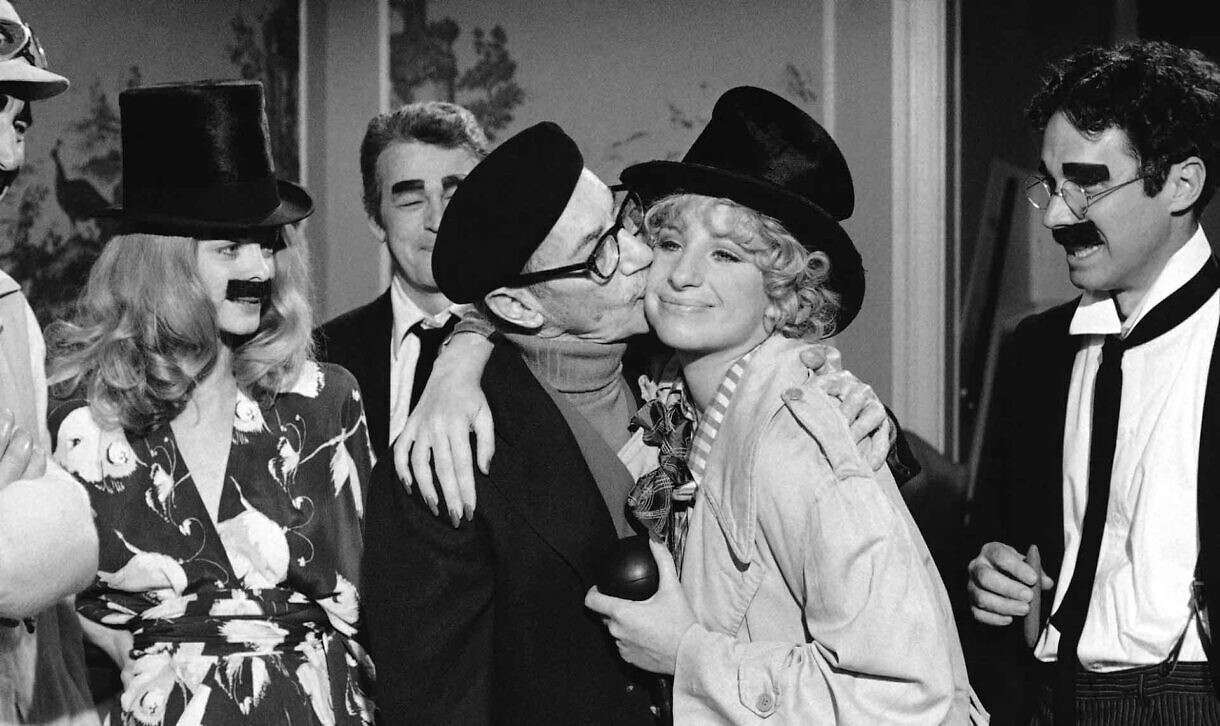
The Way it Ends….
Shot in Upstate New York, Massachusetts’ Lake Onota, Los Angeles’ Union Station and and Burbank,the final scene takes place in front of New York’s Plaza Hotel on Fifth Avenue. This is where Katie, still preaching politics, sees Hubbell long after their divorce.
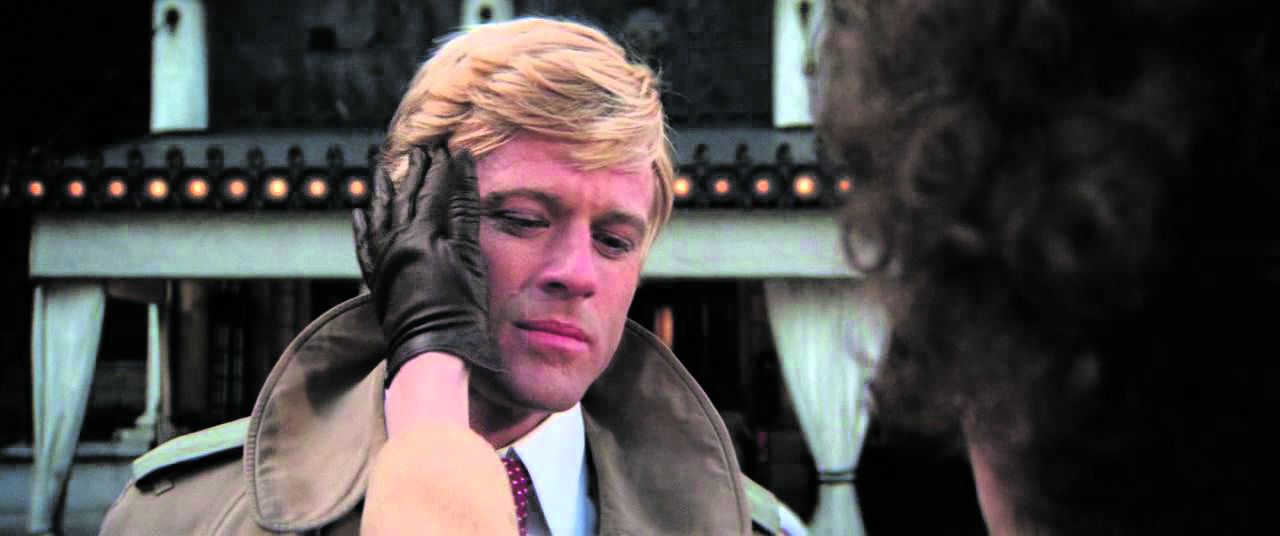
She touches his hair, the film’s signature gesture that Barbra came up with herself, and that last touch is a heart-breaker. Plans to mark the film’s 25th anniversary with a sequel were mooted, with Barbra and Redford on board, but reuniting Katie and Hubbell on screen will remain a dream for the fans. And so we leave Katie now remarried to “the only David X. Cohen in the book”. A pertinent footnote for the finest film about marrying out.
The Way We Were: The Making of a Romantic Classic by Tom Santopietro is published by Applause and available on Amazon

Thank you for helping to make Jewish News the leading source of news and opinion for the UK Jewish community. Today we're asking for your invaluable help to continue putting our community first in everything we do.
For as little as £5 a month you can help sustain the vital work we do in celebrating and standing up for Jewish life in Britain.
Jewish News holds our community together and keeps us connected. Like a synagogue, it’s where people turn to feel part of something bigger. It also proudly shows the rest of Britain the vibrancy and rich culture of modern Jewish life.
You can make a quick and easy one-off or monthly contribution of £5, £10, £20 or any other sum you’re comfortable with.
100% of your donation will help us continue celebrating our community, in all its dynamic diversity...
Engaging
Being a community platform means so much more than producing a newspaper and website. One of our proudest roles is media partnering with our invaluable charities to amplify the outstanding work they do to help us all.
Celebrating
There’s no shortage of oys in the world but Jewish News takes every opportunity to celebrate the joys too, through projects like Night of Heroes, 40 Under 40 and other compelling countdowns that make the community kvell with pride.
Pioneering
In the first collaboration between media outlets from different faiths, Jewish News worked with British Muslim TV and Church Times to produce a list of young activists leading the way on interfaith understanding.
Campaigning
Royal Mail issued a stamp honouring Holocaust hero Sir Nicholas Winton after a Jewish News campaign attracted more than 100,000 backers. Jewish Newsalso produces special editions of the paper highlighting pressing issues including mental health and Holocaust remembrance.
Easy access
In an age when news is readily accessible, Jewish News provides high-quality content free online and offline, removing any financial barriers to connecting people.
Voice of our community to wider society
The Jewish News team regularly appears on TV, radio and on the pages of the national press to comment on stories about the Jewish community. Easy access to the paper on the streets of London also means Jewish News provides an invaluable window into the community for the country at large.
We hope you agree all this is worth preserving.

